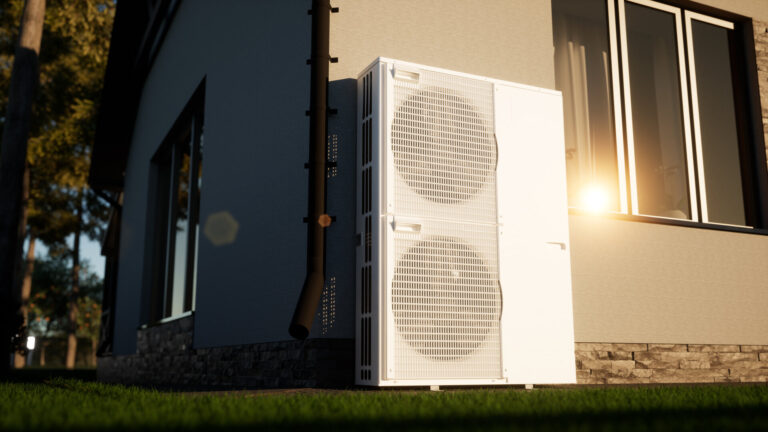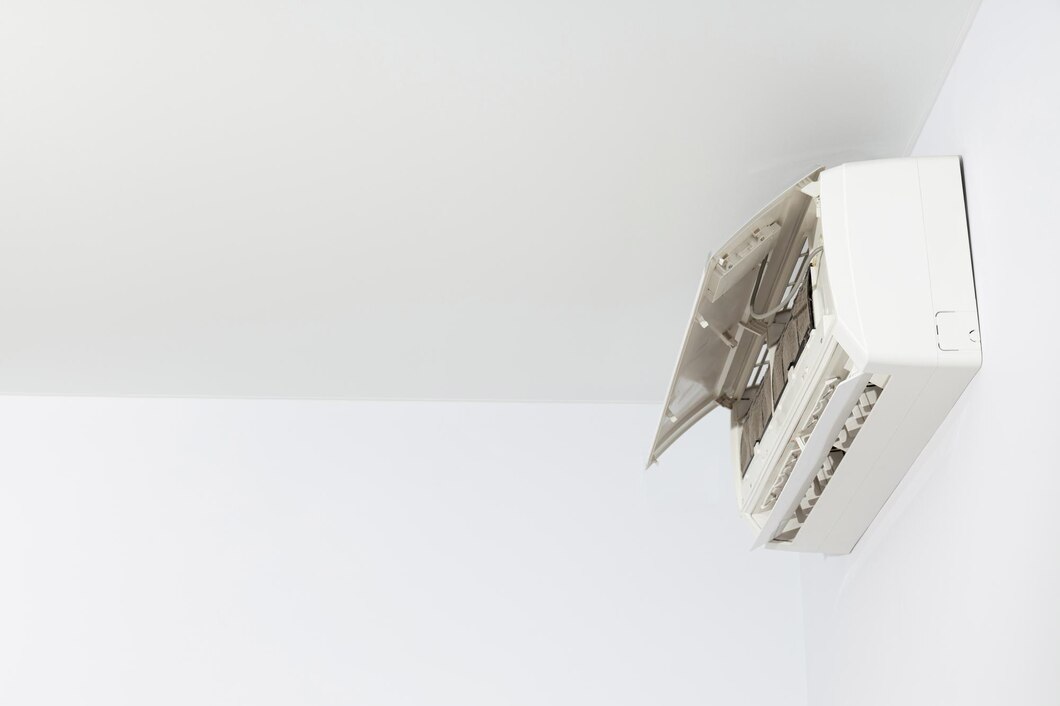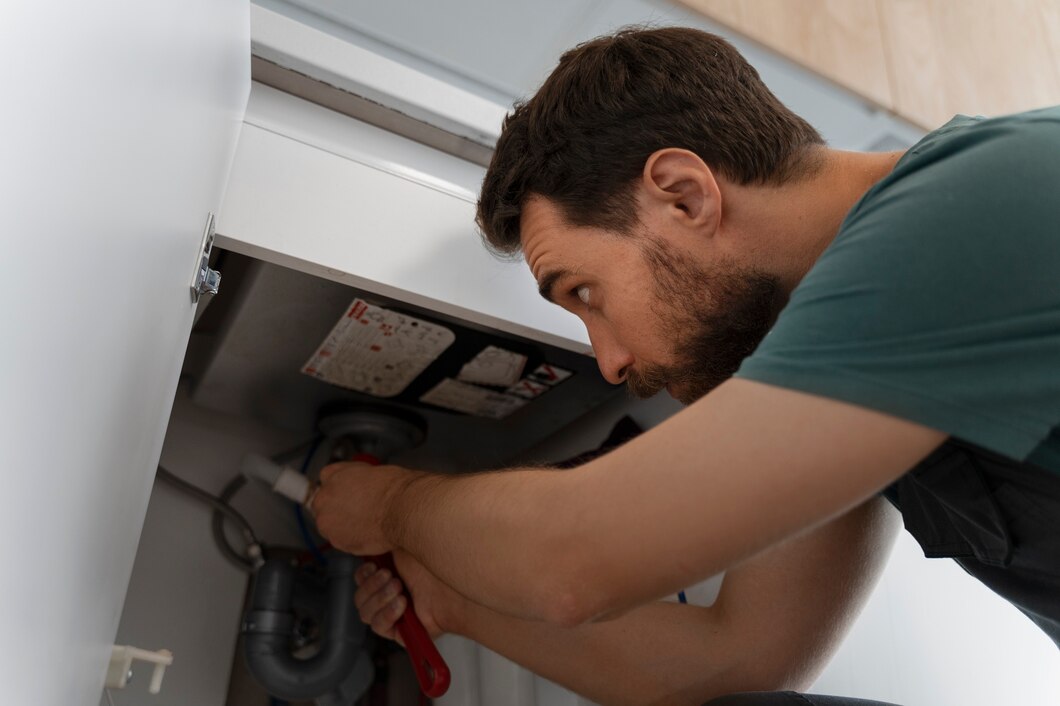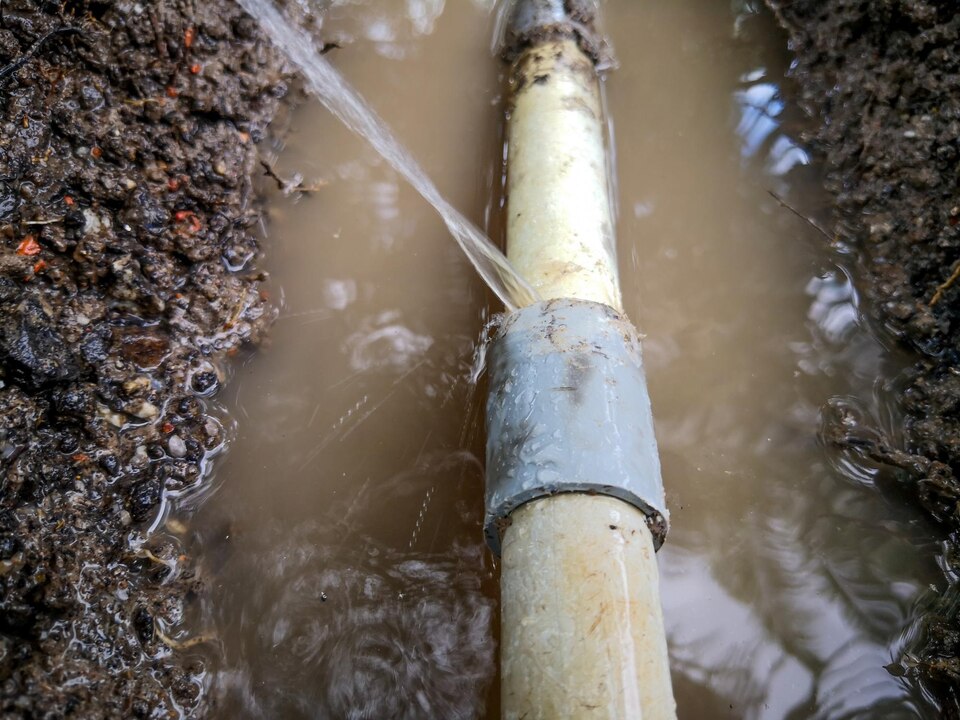As the seasons change, so do your heating and cooling needs. Autumn brings cooler temperatures, making it crucial to have an efficient system that can seamlessly transition between heating and cooling. Mini split heat pumps offer an excellent solution, meeting the demands of this transitional period effectively.
Benefits of Mini Split Heat Pumps for Autumn
Efficient Heating and Cooling
Mini split heat pumps excel at providing both heating and cooling, making them perfect for the fluctuating temperatures of autumn. Unlike traditional HVAC systems that often switch between seasonal modes, mini split heat pumps adjust quickly to maintain a comfortable indoor climate.
This efficiency ensures that your home stays warm on cooler days and comfortably cool when temperatures rise unexpectedly. The ability to switch modes seamlessly means less strain on the system and a more stable, comfortable environment for you and your family.
Flexible Installation Options
Another key advantage of mini split heat pumps is their flexibility in installation. These systems do not require extensive ductwork, which makes them suitable for a variety of home layouts and sizes. They consist of an outdoor unit and one or more indoor units, connected by a simple conduit.
This setup allows for easy installation in new constructions as well as retrofitting in older homes. The indoor units can be mounted on walls, ceilings, or floors, providing versatile solutions to fit your space. This flexibility not only makes installation easier but also less intrusive, preserving the aesthetics of your home.
How Mini Split Heat Pumps Work
Basic Components and Functionality
A mini split heat pump system consists of an outdoor unit and one or more indoor air-handling units. The outdoor unit contains the compressor and condenser, while the indoor units house the evaporator and blower. These units are connected by refrigerant lines and electrical wiring through a conduit, typically requiring only a small hole in the wall.
This design enables the system to transfer heat between the indoors and outdoors efficiently. In cooling mode, the system absorbs heat from the inside and releases it outside. In heating mode, it reverses the process, extracting heat from the outside, even in cooler weather, and bringing it inside.
Energy Efficiency and Performance
Mini split heat pumps are known for their energy efficiency. Their design allows for precise temperature control in individual rooms or zones, reducing energy waste. Unlike central HVAC systems that heat or cool an entire house, mini splits target specific areas, optimizing performance and reducing unnecessary energy use.
The inverter technology in these systems adjusts the compressor speed based on the demand, further enhancing efficiency by avoiding the energy spikes associated with traditional on/off systems. This efficient operation not only contributes to a comfortable indoor environment but also leads to potential cost savings over time.
Comparing Mini Split Heat Pumps to Traditional Systems
Advantages Over Central HVAC
Mini split heat pumps offer many advantages over traditional central HVAC systems. One of the most significant benefits is their flexibility in zoning. With mini split systems, you can control the temperature of individual rooms or zones independently, unlike central HVAC, which regulates the temperature of the entire home. This targeted approach enhances comfort and can lead to energy savings since you only heat or cool the rooms you’re using.
Another advantage is the ease of installation. Mini split systems do not require the extensive ductwork that central systems do. This means less disruption during installation, as there is no need to modify walls or ceilings extensively. The result is a more straightforward, less invasive installation process, preserving the home’s current structure and layout.
Cost-Effective Operation and Maintenance
Mini split heat pumps can also be more cost-effective in the long run. Because they operate on an as-needed basis and do not suffer the energy losses associated with ductwork, they tend to be more efficient. Duct losses can account for a significant portion of energy consumption for space heating and cooling, something mini splits effectively avoid.
Maintenance can also be more straightforward with mini split systems. The lack of ductwork means fewer places for dust and debris to accumulate, leading to cleaner air and less frequent filter changes. Additionally, the components of mini split systems are accessible, making repairs and routine maintenance simpler and potentially less costly.
Preparing Your Home for Seasonal Changes
Tips for Optimal Use During Autumn
Getting the best performance from mini split heat pumps during autumn requires a few easy steps. First, clean or replace the filters regularly. Clean filters improve efficiency and air quality. Make sure outdoor units are free from obstructions like leaves and debris, allowing for optimal airflow. Set your mini split to the appropriate mode for the season—most units have specific settings for heating and cooling that can be adjusted as the weather changes.
Additionally, take advantage of zoning capabilities. Only heat or cool the rooms in use to save on energy costs. Use the programmable settings to automate temperature changes, ensuring your home remains comfortable throughout the day without manual adjustments.
How Our Professionals Can Help with Installation and Maintenance
Installing and maintaining a mini split system can be complex, which is why our professionals are available to assist. Our technicians can evaluate your home to determine the best placement for units and ensure that the system is installed correctly. They can also offer maintenance services, such as cleaning the filters, checking refrigerant levels, and ensuring the system operates at peak efficiency.
Choosing professional installation and maintenance can prolong the life of your mini split heat pump and enhance its performance. By relying on expert care, you can ensure your system runs smoothly and remains in excellent condition year-round.
Conclusion
Mini split heat pumps are an ideal solution for managing your home’s temperature during the transition from summer to autumn. Their efficient heating and cooling capabilities, combined with easy installation and energy-saving features, make them a practical choice. Understanding how they work and their benefits compared to traditional systems can help you make an informed decision about upgrading your current setup.
Contact us today to learn more about how mini split heat pumps in Glendora, CA, can improve your home’s comfort. Our team at Power Pro Plumbing Heating & Air is ready to help you make the transition seamless and efficient!










